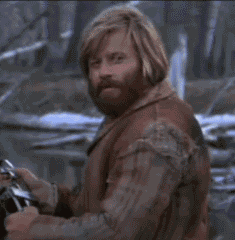Ian
Member
- Joined
- Aug 29, 2012
- Messages
- 910
Cross post from my current build page.
1. Filling seams?
Didn't go so well this evening. After cleaning and sanding I applied some Vallejo Plastic Putty to the larger gaps, only to discover that this stuff can't really be sanded all that well even after drying. So I scraped it off and am looking for suggestions of what to use instead. Maybe just thick CA glue? It makes for difficult sanding when it dries.
I've heard mention of the Mr. Hobby products "Mr. Dissolved Putty" and "Mr Surfacer".
Gaps are similar to this one, and all over the kit.

2. Primer behavior?
I also primed a hand, noticed a few gaps, filled them with putty, discovered the aforementioned issue and so attempted to take the putty OFF, only to then have the primer come off in strips! It's looking pretty bad now, and is going to be totally uneven if I re-prime.
- Is there a way to strip it BACK to the original plastic?
- Is this how primer usually behaves? It's like it's not even adhering to the surface all that well.


1. Filling seams?
Didn't go so well this evening. After cleaning and sanding I applied some Vallejo Plastic Putty to the larger gaps, only to discover that this stuff can't really be sanded all that well even after drying. So I scraped it off and am looking for suggestions of what to use instead. Maybe just thick CA glue? It makes for difficult sanding when it dries.
I've heard mention of the Mr. Hobby products "Mr. Dissolved Putty" and "Mr Surfacer".
Gaps are similar to this one, and all over the kit.

2. Primer behavior?
I also primed a hand, noticed a few gaps, filled them with putty, discovered the aforementioned issue and so attempted to take the putty OFF, only to then have the primer come off in strips! It's looking pretty bad now, and is going to be totally uneven if I re-prime.
- Is there a way to strip it BACK to the original plastic?
- Is this how primer usually behaves? It's like it's not even adhering to the surface all that well.



